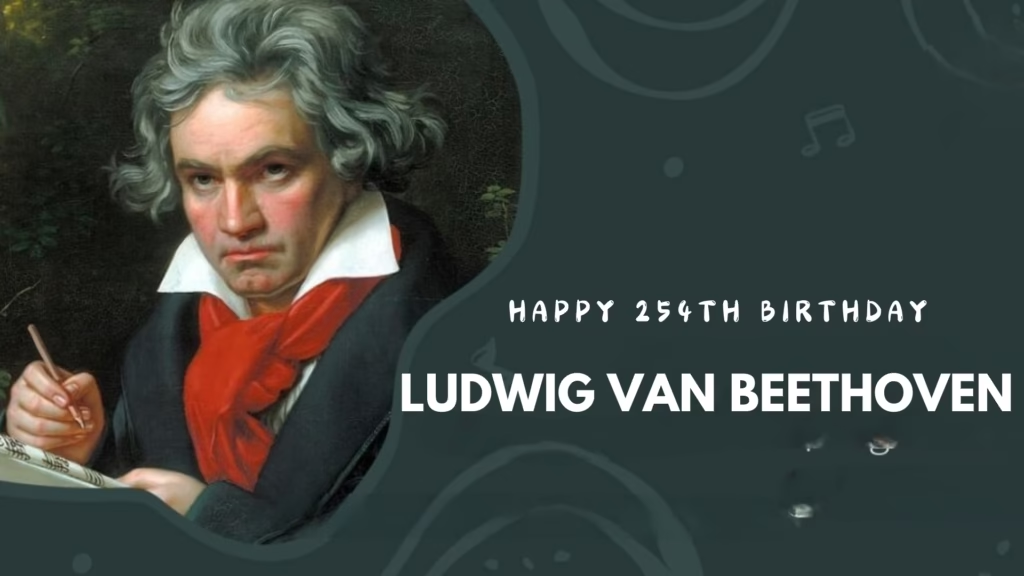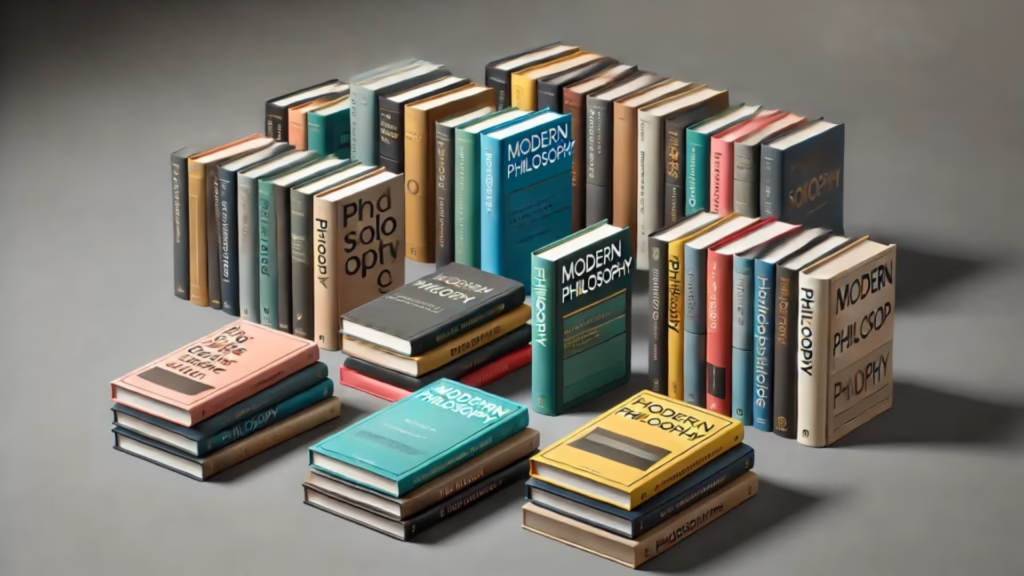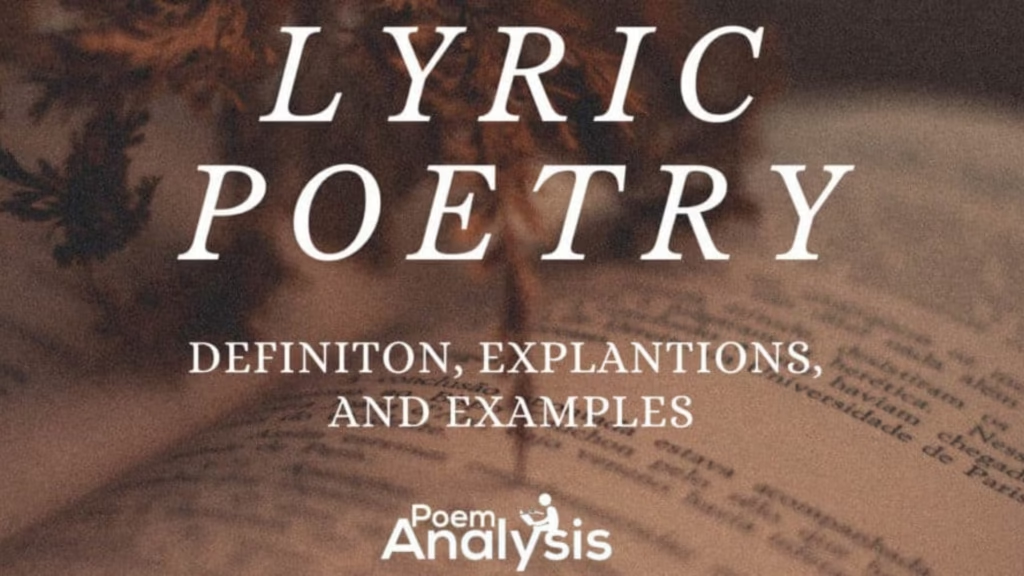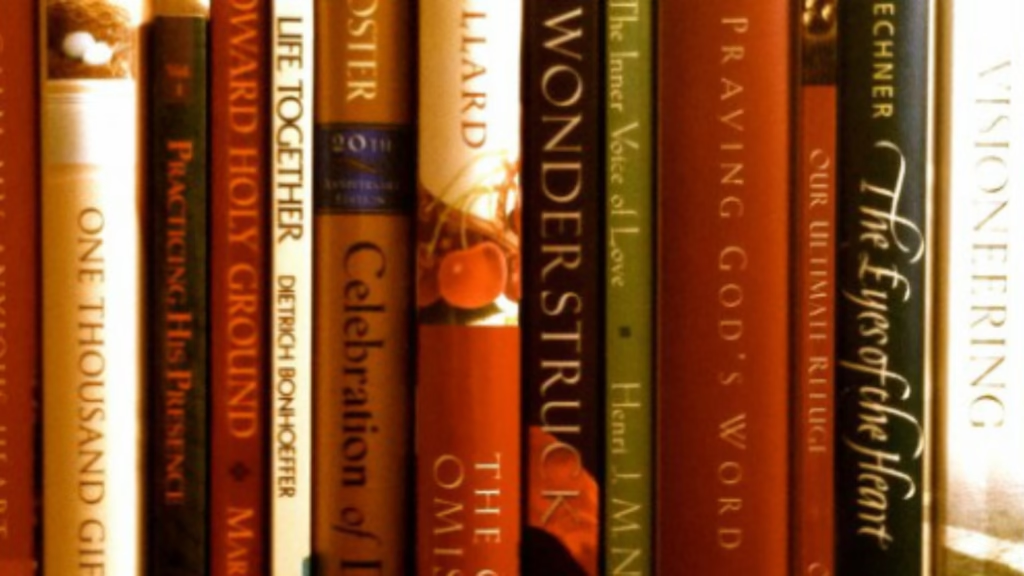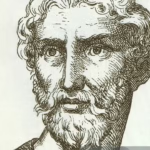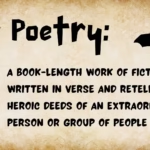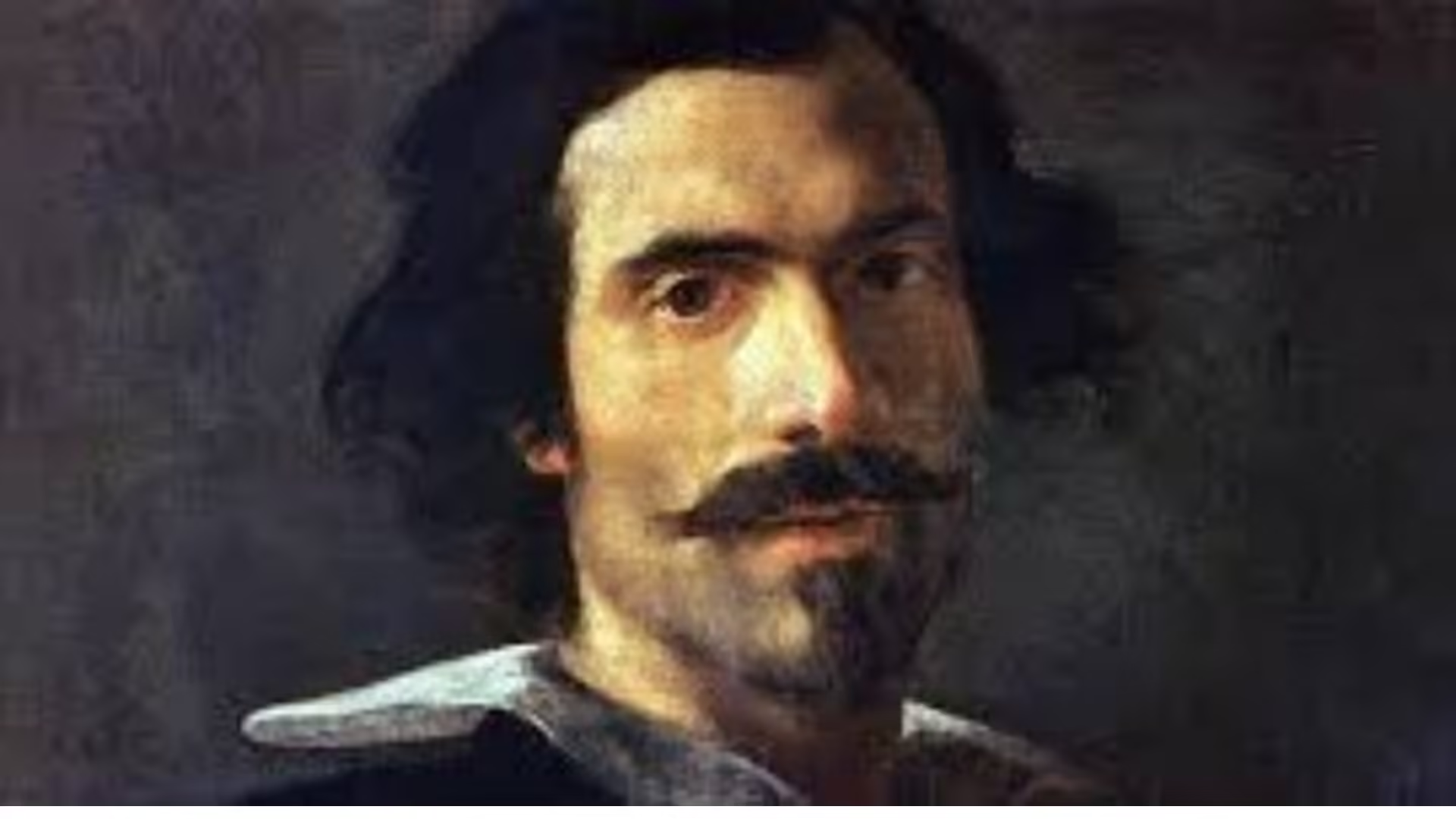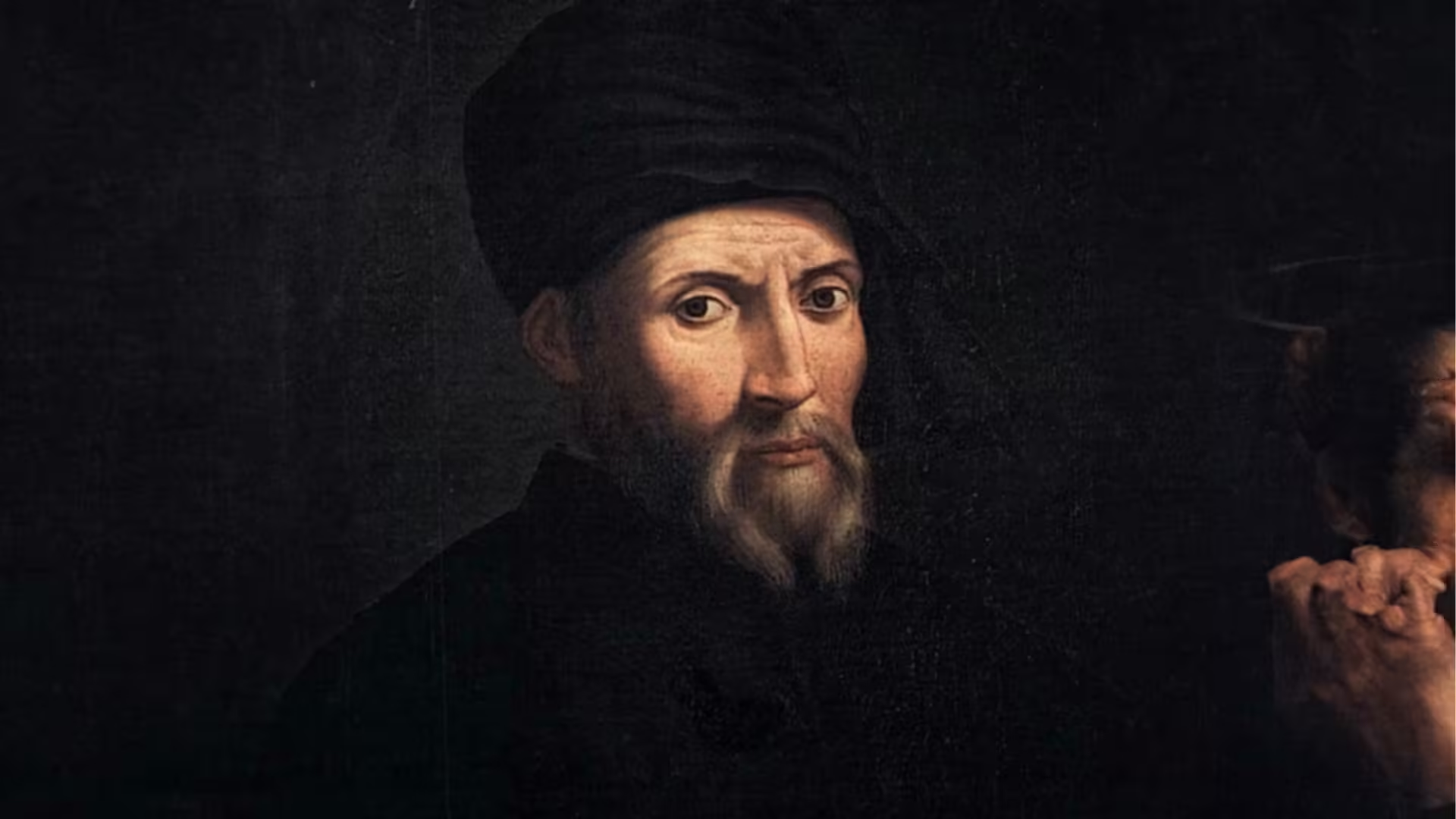The Artistic Legacy of Jacopo della Quercia – A Renaissance Masterpiece
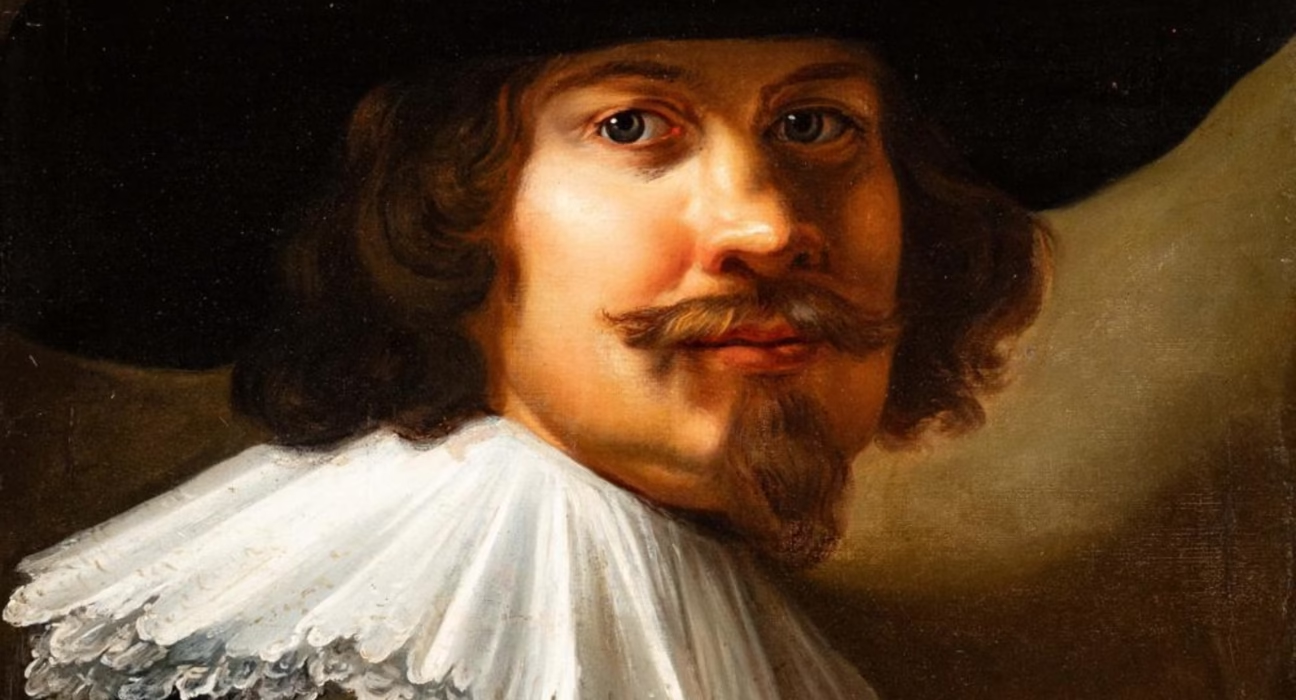
Jacopo della Quercia, one of the most illustrious figures of the Italian Renaissance, transcended the mere role of an artist to become a profound innovator and thinker. His life and career were marked by groundbreaking contributions that not only shaped the landscape of art during his time but also influenced generations of artists who followed.
Life and Early Influence

Jacopo della Quercia was born around 1374 in Siena, Italy, a city renowned for its rich cultural heritage and vibrant artistic community. Growing up in such a milieu provided him with a fertile ground for his creative talents to flourish. The artistic environment of Siena was characterized by a deep appreciation for both classical traditions and the burgeoning humanistic ideals that defined the Renaissance.
The Birthplace of Genius
Siena’s unique cultural fabric played a pivotal role in nurturing Jacopo’s innate abilities. The city’s architectural wonders and the intricate paintings found within its churches served as an inspiring backdrop for his formative years. It is within this context that he honed his skills, absorbing influences from both local masters and broader artistic trends that permeated Italy during the late 14th century.
Moreover, the sociopolitical landscape of Siena, marked by the rivalry between the Sienese and Florentines, further enriched Jacopo’s worldview. This tension likely fueled his ambition, igniting a desire to create works that would stand out and convey a sense of identity, pride, and innovation.
Early Education and Training
Training under established artists of his time allowed Jacopo to build a solid foundation in sculpture and architecture. While little is documented about his apprenticeship, it can be inferred that he learned traditional techniques while simultaneously seeking ways to innovate. His exposure to Gothic art forms instilled a sense of respect for craftsmanship, yet his soul yearned for something more dynamic and expressive.
It was during these early years that Jacopo began to experiment with various materials, particularly marble and bronze, developing a keen sense of texture and form. This experimentation became a hallmark of his later works, reflecting a blend of tradition and personal expression that set him apart from his contemporaries.
Journey to Recognition

As Jacopo matured as an artist, he gained recognition for his remarkable ability to breathe life into stone. His sculptures showcased a keen understanding of the human body, capturing not just physicality but also emotion and spirituality. The turning point in his career came when he was commissioned to create several significant works that would solidify his reputation.
His ambitious projects, such as the monumental statue of Saint Petronius, showcased a depth of character and narrative that was unprecedented at the time. Each piece told a story, drawing viewers in and inviting them to engage with the subject matter on a deeper level. As word of his talent spread, so did his commissions, further establishing him as a leading figure of the Renaissance.
Artistic Contributions and Innovations

Jacopo della Quercia’s contributions to the world of art extend far beyond conventional sculpture. He was a visionary who pushed the boundaries of artistic expression, incorporating elements that transformed how art was perceived and created during the Renaissance.
Sculptural Techniques and Styles

One of Jacopo’s trademarks was his ability to manipulate light and shadow—an approach that harkens back to the chiaroscuro techniques employed by later artists such as Caravaggio. By skillfully carving details into his sculptures, he created a dynamic interplay between light and form that generated depth and realism.
This innovative technique allowed Jacopo to infuse his sculptures with dramatic tension. For instance, his work on the façade of the San Domenico Church exemplifies this mastery. Here, he intricately carved scenes that represent complex narratives, inviting viewers to explore both the visual and emotional dimensions of the artwork.
Moreover, Jacopo’s commitment to anatomical accuracy broke away from the idealized forms commonly seen in Gothic art. He focused on representing the human figure with authenticity, illustrating not just the external appearance but also internal emotions. This exploration of humanism marked a significant shift in the artistic landscape of the time.
Bridging Gothic and Renaissance Art
Jacopo della Quercia played a crucial role in bridging the gap between Gothic traditions and the emerging Renaissance style. His works often reflected the elegance of Gothic design while simultaneously embracing the ideals of proportion, harmony, and naturalism characteristic of the Renaissance.
In many ways, Jacopo acted as a mediator, retaining the ornate details and grandeur associated with Gothic art while introducing a new sensibility that emphasized balance and realism. This synthesis not only appealed to contemporary audiences but also laid the groundwork for future generations of artists—including luminaries like Michelangelo and Donatello—to explore and expand upon these concepts.
Symbolism and Narrative Depth

Beyond technical prowess, Jacopo’s artistry possessed a profound narrative quality. His sculptures are not merely decorative—they convey deep meanings and messages that resonate with themes of faith, humanity, and morality. Each piece serves as a commentary on the human condition, making his works timeless reflections on society and existence.
For example, the allegorical representations found in his reliefs are often imbued with rich symbolism. They serve as visual stories that engage viewers, prompting them to contemplate larger existential questions. By incorporating religious and mythological themes, Jacopo managed to connect the sacred with the secular, creating artworks that transcend their immediate context.
Legacy and Cultural Impact
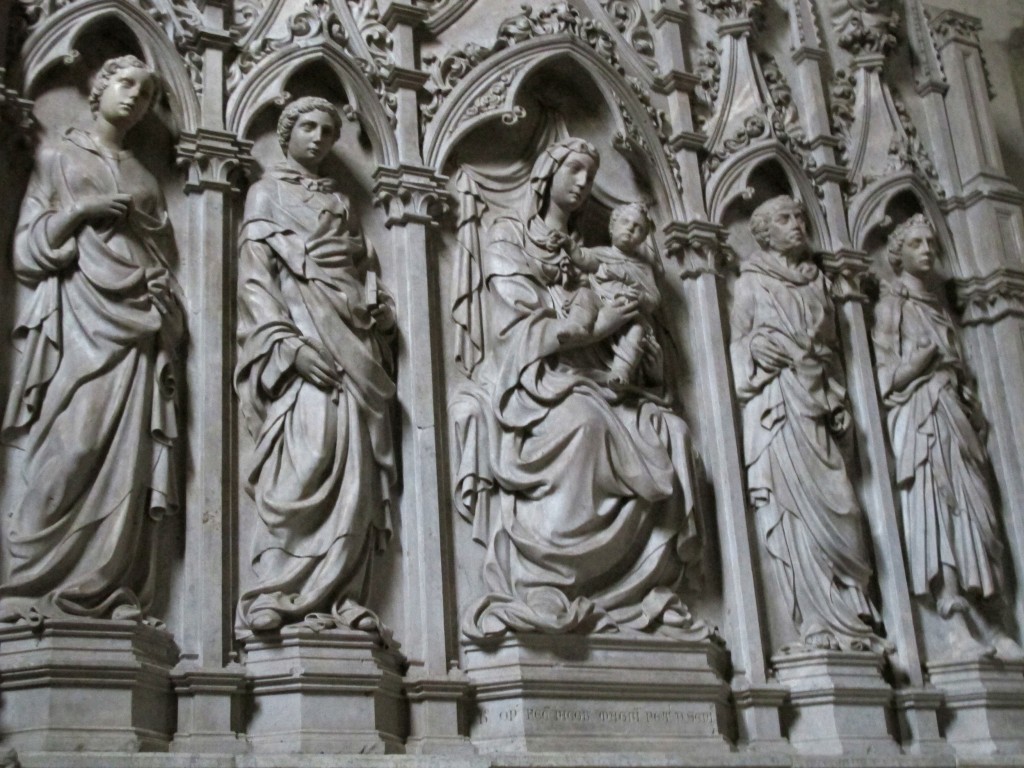
The legacy of Jacopo della Quercia extends far beyond his lifetime; it is woven into the very fabric of Western art history. His innovations, both in technique and thematic exploration, have inspired countless artists and movements throughout the ages.
Influence on Future Generations
Jacopo’s impact on subsequent artists cannot be overstated. His blending of Gothic elegance with Renaissance principles provided a template for many who sought to navigate the evolving artistic landscape. Artists such as Michelangelo drew inspiration from his approach to human anatomy and emotive expression, resulting in works that elevated sculpture to new heights.
Additionally, Jacopo’s emphasis on storytelling through art paved the way for the Baroque period, where dramatic narratives and heightened emotional expression became central attributes. His vision resonated across centuries, influencing movements that embraced the complexities of human experience.
The Role of Innovation in Art
Jacopo della Quercia’s innovative spirit serves as a reminder of the necessity for evolution within the arts. He demonstrated that art must continually challenge conventions, adapt to changing societal contexts, and strive for greater expression. This principle remains relevant today, urging modern artists to explore uncharted territories and redefine the boundaries of creativity.
In an era where the importance of individual expression is paramount, Jacopo’s journey exemplifies the transformative power of art. His ability to merge technical mastery with intellectual depth continues to inspire contemporary creators to seek their voices and tell their stories.
Preservation and Study of His Works
The preservation and study of Jacopo’s works offer invaluable insights into the cultural and historical significance of the Renaissance. Museums and institutions continue to house his pieces, allowing scholars and enthusiasts alike to engage with his art. The careful analysis of his techniques, themes, and innovations sheds light on the broader context of the Renaissance and its enduring influence.
Moreover, exhibitions dedicated to Jacopo della Quercia invite new audiences to appreciate his artistry, ensuring that his legacy remains alive and vibrant in contemporary discourse. These platforms highlight the importance of preserving not only the physical artifacts of a bygone era but also the ideas and philosophies they embody.
Conclusion
Jacopo della Quercia stands as a towering figure in the annals of art history, embodying the spirit of innovation and exploration that defines the Renaissance. His ability to intertwine technique, narrative, and emotion has left an indelible mark on the world of art, inspiring generations of creators to push the boundaries of expression.
Through his masterpieces and groundbreaking approaches, Jacopo transcended the limitations of his time, becoming a bridge between the Gothic and Renaissance styles. His legacy continues to resonate, reminding us of the transformative power of art—a force that transcends time and space, speaks to the very nature of human experience, and inspires all who encounter it.
In contemplating the life and work of Jacopo della Quercia, we are invited to reflect on our own journeys as individuals and as a society. His art serves as a catalyst for dialogue, encouraging each of us to embrace our creativity, engage with the world around us, and find meaning in the narratives we share. As we traverse the ever-evolving landscape of art, may we draw inspiration from Jacopo’s story—the tale of a visionary who dared to dream, innovate, and leave a lasting legacy for all of humanity.




